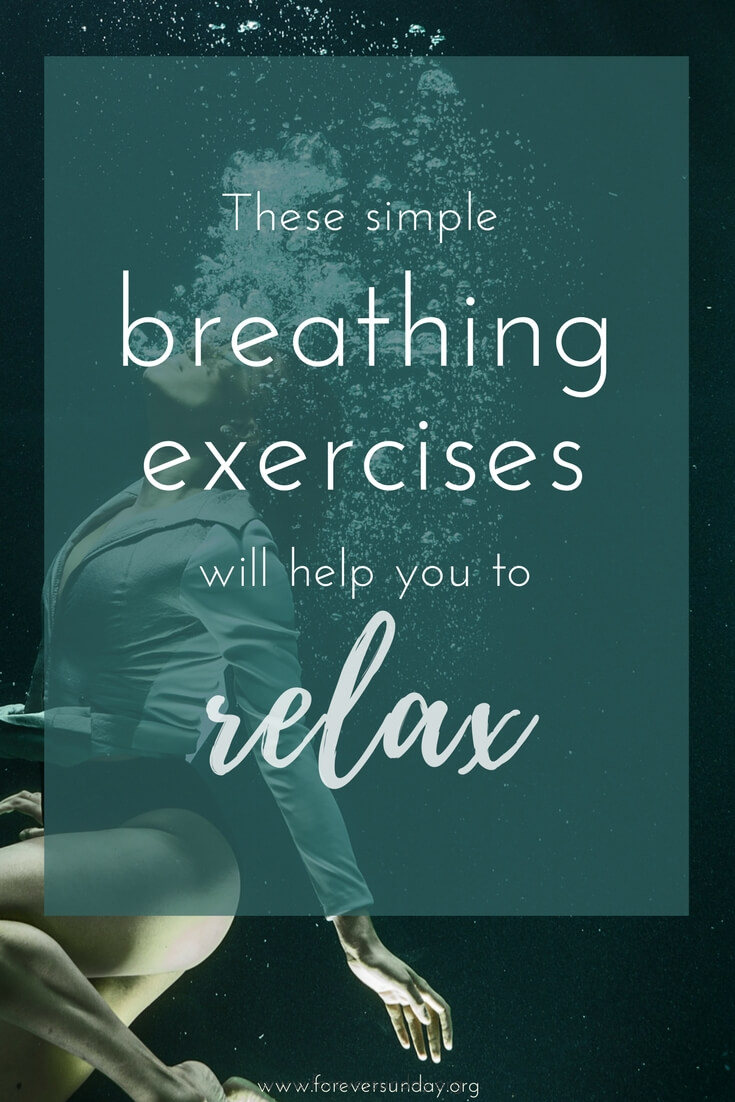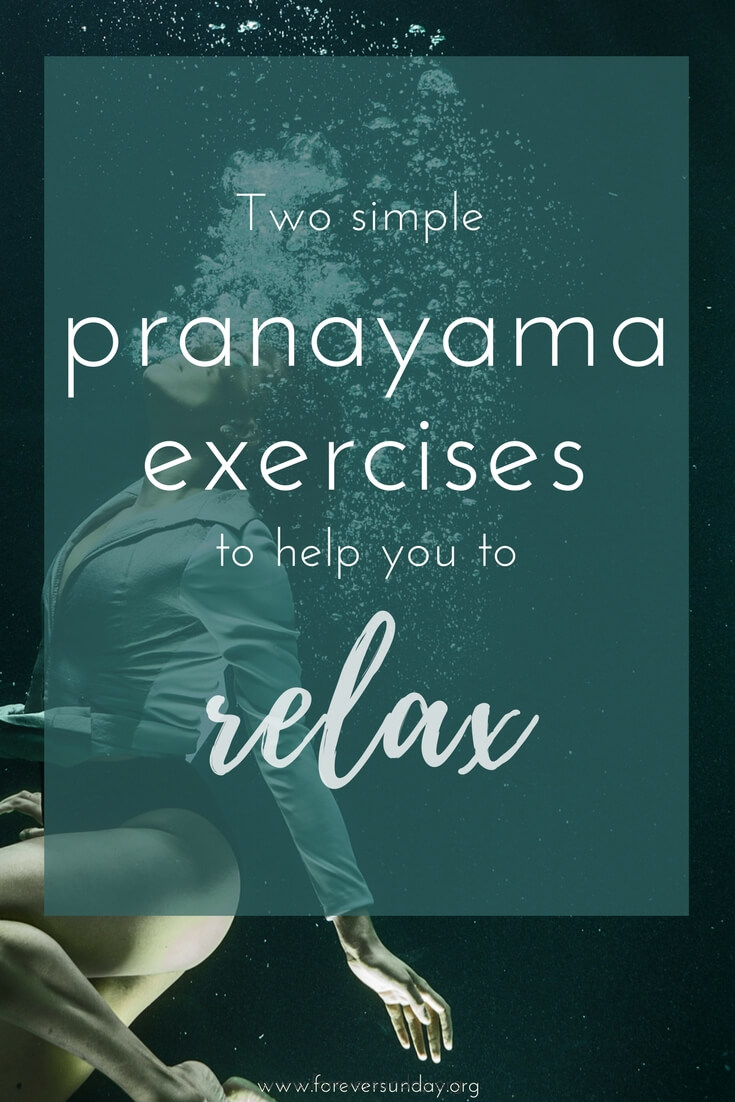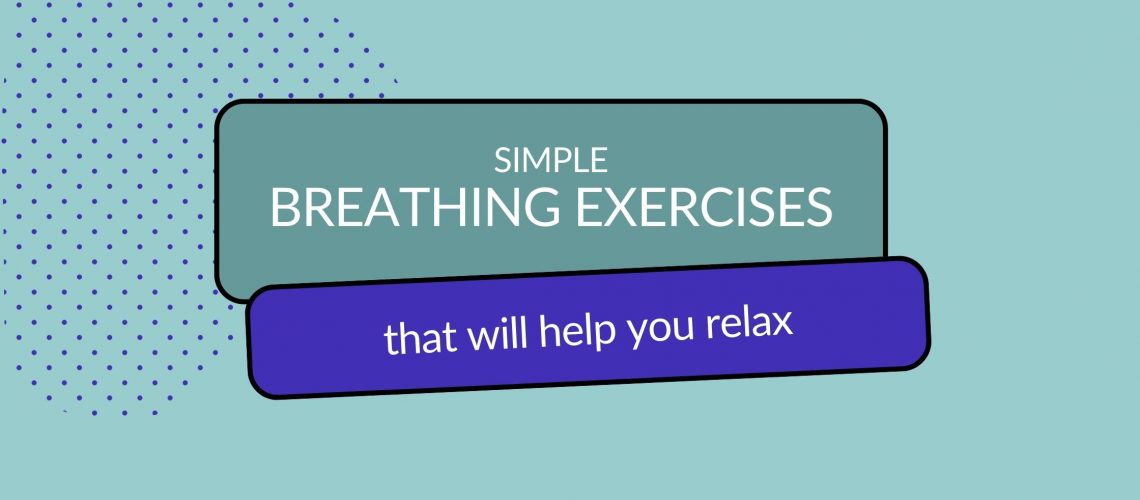When we are stressed, we forget how to breathe. Our breathing becomes irregular, shallow and fast. And while historically and naturally this kind of breathing has its function, too often we get stuck there. Our nervous system can’t relax and adrenaline levels remain high over a long period of time. Being constantly in a ‘fight or flight’ mode causes sleep problems and in the long term adrenal fatigue, which has been linked to chronic fatigue syndrome and an affected immune system.
Most of the time breathing is an unconscious process. We can forget how to breathe, but we wouldn’t forget to breathe! When we take control of the breath, we are linking the conscious with the unconscious, not only influencing our heart rates, blood pressure and hormone levels, but also our unconscious mind. A calm breath allows for our mind to get calm. A frazzled mind follows an irregular breath.
No matter how your day is going, you can always make 5 minutes time to breathe!
Here are a few simple breathing exercises to help you relax (and ultimately sleep better too).
1-1 and 1-2 breathing
Step 1:
Sit on a chair or on a pillow in cross-legged position. Keep your neck and spine long and straight. Your hands are resting on your knees. You can assume chin mudra if you want (thumb and index finger touching). Start with observing the breath as it is, allow the breath to flow freely. Your belly is relaxed.
Step 2:
After a while, take control of your breath. Inhale 5 counts and exhale 5 counts. If you are struggling, you can make the inhalation and exhalation shorter, as long as the inhale and exhale are the same length (3-3 or 4-4). If you are struggling, this will not be a relaxing exercise and you will not get the benefits that you should. So let go of any notions of performance, and focus on breathing comfortably.
Step 3:
When you are comfortable with 1-1 breath, you can start with extending the exhalation and practice 1-2 breath. Inhale for 5 counts and exhale for 10 counts. Again, if you have to push yourself, shorten the breaths (3-6 or 4-8) or return to 1-1 breathing.
Step 4:
After a few minutes, return to natural breathing. Become aware of the changes in your breathing and body. Finish the exercise.
Alternatives:
- It is totally fine to do only step 1 for a few minutes. You will already feel the effects if you just start breathing consciously for a while.
- You can also do step 1, then step 3 and 4.
1-4-2 breathing
Step 1:
Sit on a chair or on a pillow in cross-legged position. Keep your neck and spine long and straight. Start with observing the breath as it is, allow the breath to flow freely. Your belly is relaxed.
Step 2:
Inhale for 1 count. Hold your breath with your lungs full for 4 counts. Exhale slowly and gently for 2 counts. If you struggle, make the counts a little bit quicker but still as slow as you can without struggling, or practice 1-2 breath for now.
Step 3:
After a few minutes, return to natural breathing. Become aware of the changes in your breathing and body. Finish the exercise.
These types of breathing exercises are called ‘pranayama’ exercises. The exercises explained above are deeply relaxing. You can do them any time of the day, but they are especially beneficial in the morning just after waking up or just before bedtime.
If you also practice yoga or meditation, the order should be: 1) yoga 2) pranayama 3) meditation.
Related:
What is meditation and why is it good for you?
Sh*t you think about when you meditate





